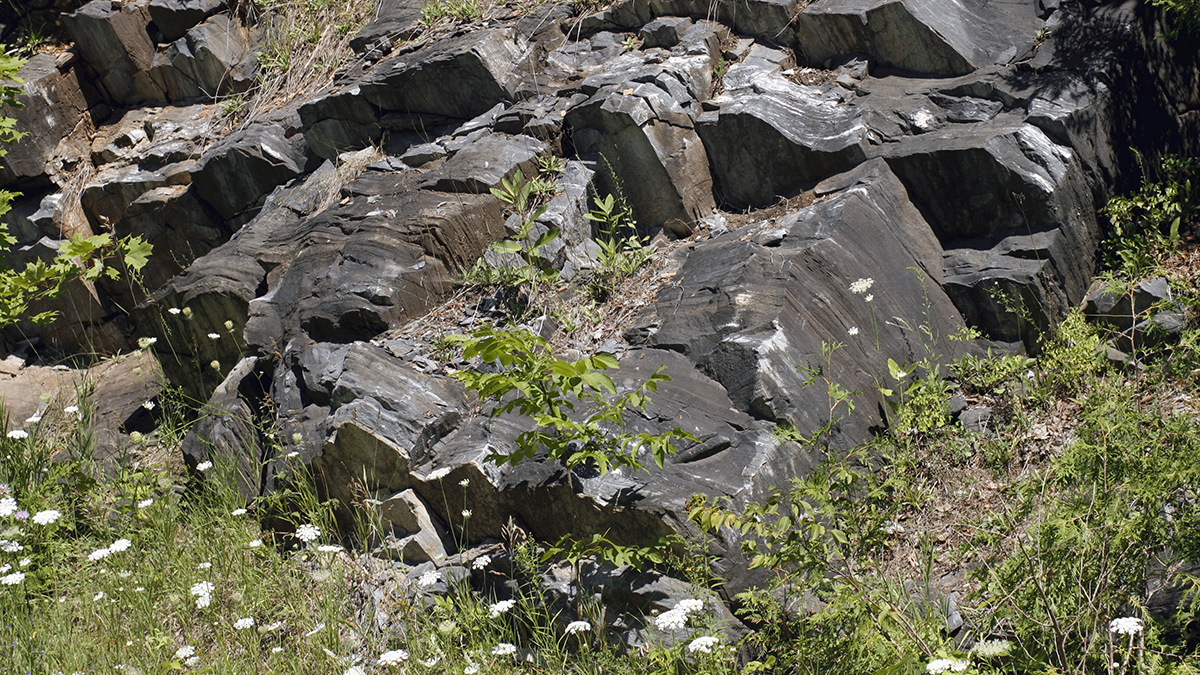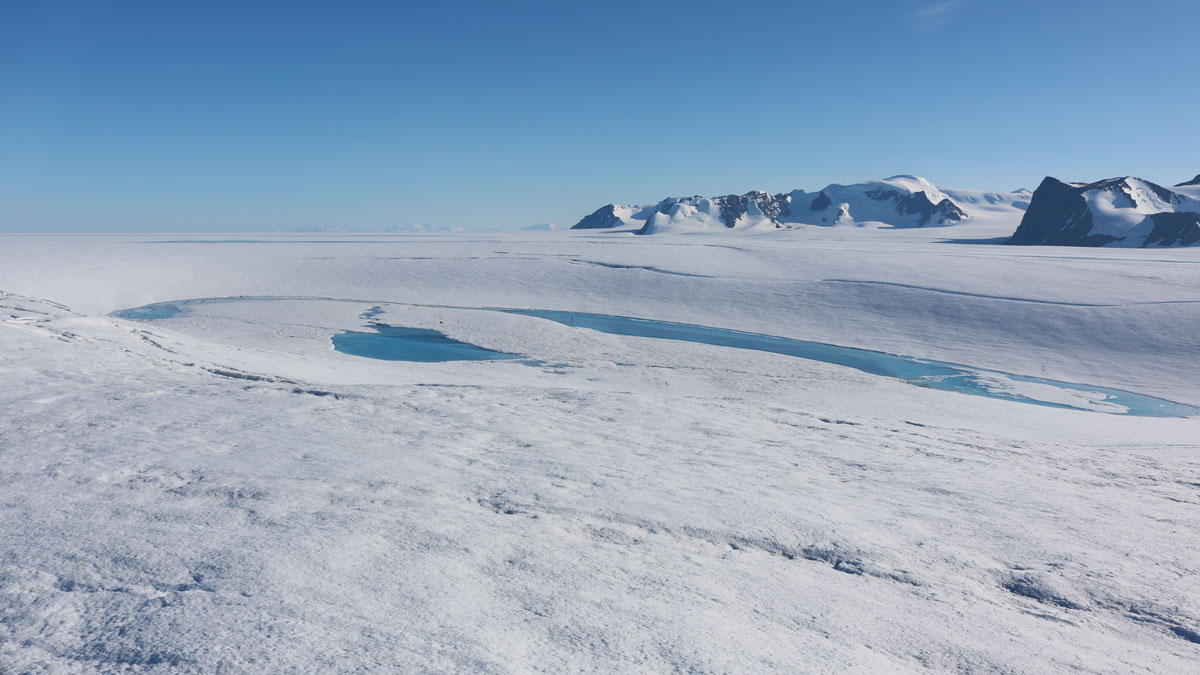New interpretations and mapping of all New Zealand’s offshore sedimentary basins offer clues about the evolution of Earth’s eighth continent.
News
Black Space Week Celebrates Fifth Anniversary
The annual event has grown from a viral hashtag to a global uplifting of Black experiences with space.
Potential Relief for the Colorado River’s Near Future
A new study reveals that precipitation could boost the iconic river’s flow in the next couple of decades despite the deleterious effects of warming temperatures due to climate change.
Is It Climate Change? Americans Mostly Say Yes
Most Americans think climate change plays some role in creating extreme weather, though their perceptions didn’t always align with scientists’.
Toxic Metal on the Rise in the Baltic Sea
Postwar reconstruction is likely the cause of elevated thallium levels, but low-oxygen, high-sulfide conditions keep the material, which is extremely dangerous to mammalian health, from moving into the human food chain.
Radioactive Sediments May Have Built Earth’s Cratons
Weathering of the earliest continents could have set in motion the formation of cratons, the immutable roots of continents.
Antarctic Ice Doughnuts May Hold the Key to Shelf Collapse
The first direct record of ring fractures in Antarctic ice shows how the phenomenon could cause rapid ice shelf collapse.
More than a Third of Coastal Alaska Structures May Be at Risk of Flooding by 2100
A new analysis of flood exposure shows many residential buildings at risk as sea levels rise.
Toxic Ethylene Oxide May Exceed Safe Levels in Cancer Alley
Concentrations of the cancer-causing chemical far surpass EPA threshold levels for safety in southeastern Louisiana.
Agricultural Lands Are Losing Topsoil—Here’s How Bad It Could Get
A new study says topsoil erosion is likely to increase under climate change, though policy changes now could help stem the loss.










